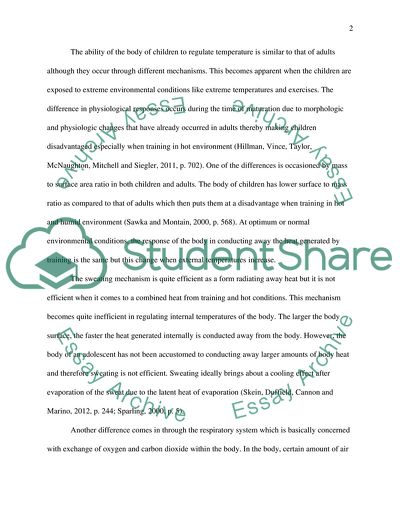Cite this document
(Physiological Responses to Exercise Case Study Example | Topics and Well Written Essays - 2000 words, n.d.)
Physiological Responses to Exercise Case Study Example | Topics and Well Written Essays - 2000 words. Retrieved from https://studentshare.org/psychology/1793717-physiology-sports-science
Physiological Responses to Exercise Case Study Example | Topics and Well Written Essays - 2000 words. Retrieved from https://studentshare.org/psychology/1793717-physiology-sports-science
(Physiological Responses to Exercise Case Study Example | Topics and Well Written Essays - 2000 Words)
Physiological Responses to Exercise Case Study Example | Topics and Well Written Essays - 2000 Words. https://studentshare.org/psychology/1793717-physiology-sports-science.
Physiological Responses to Exercise Case Study Example | Topics and Well Written Essays - 2000 Words. https://studentshare.org/psychology/1793717-physiology-sports-science.
“Physiological Responses to Exercise Case Study Example | Topics and Well Written Essays - 2000 Words”. https://studentshare.org/psychology/1793717-physiology-sports-science.


